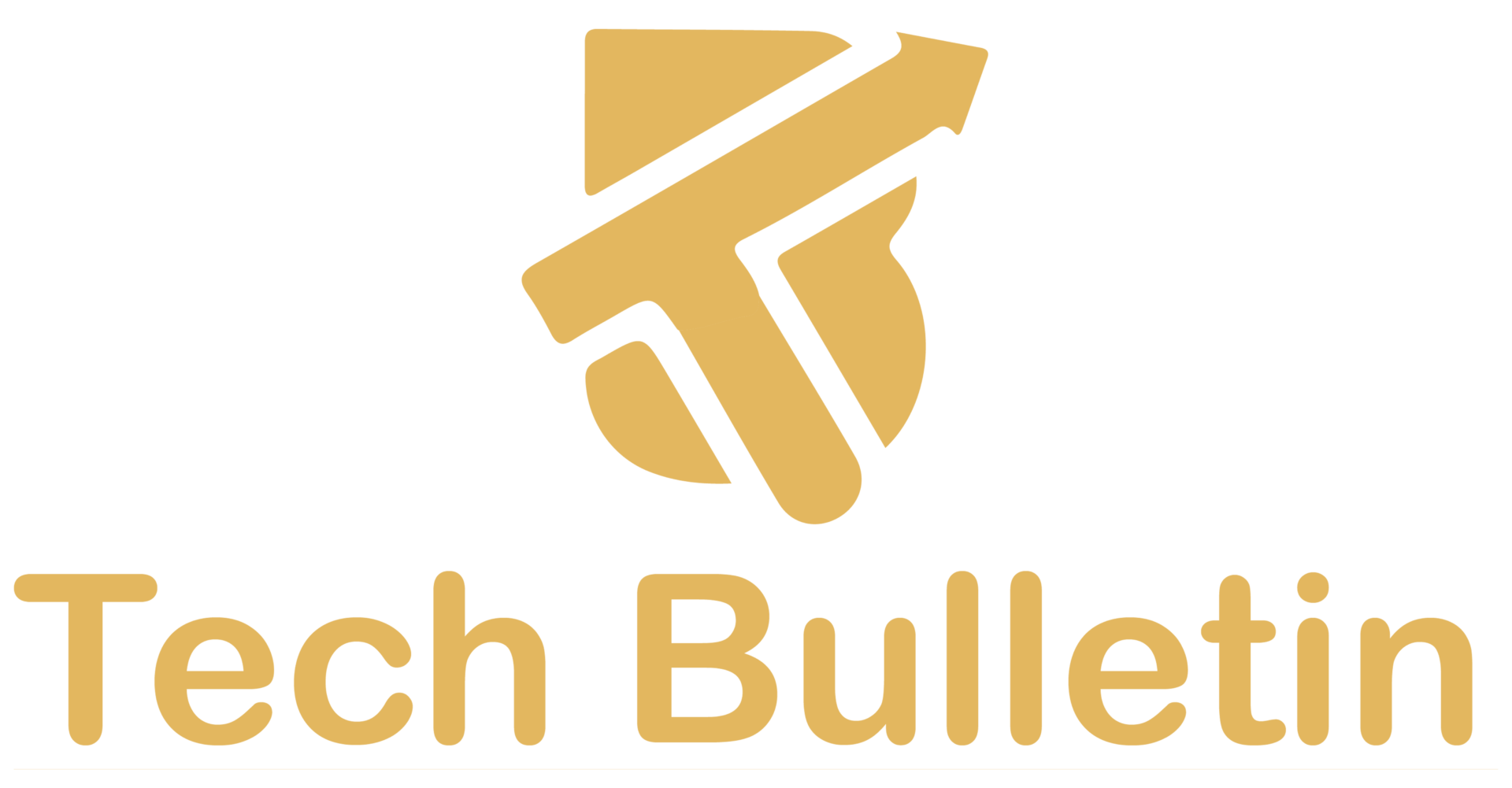Effective Classroom Management Strategies for New Teachers That Work Instantly

Starting your journey as a new teacher can be both exciting and overwhelming. One of the biggest challenges new educators face is managing a classroom effectively. But the good news is that there are proven classroom management strategies that work instantly, helping you maintain control and create a positive, productive learning environment. Let’s dive into the most effective techniques to make your classroom a thriving space for learning.
Why Classroom Management Matters
Classroom management is more than just keeping students quiet. It’s about fostering a learning environment where all students feel valued, respected, and engaged. Good classroom management ensures that you can teach without constant interruptions, making the learning process more effective for both you and your students.
Building Respect from the Start
When you first step into your classroom, the tone you set matters. It’s crucial to establish respect between you and your students from day one. A respectful atmosphere encourages cooperation and reduces behavioral problems.
- Be Consistent: Consistency is key in everything, from your expectations to how you respond to student behavior.
- Clear Expectations: Start by establishing clear rules that everyone understands. Be sure to explain these rules regularly and reinforce them with positive examples.
Set the Tone with Classroom Routines
Creating routines early on helps students understand what to expect and what is expected of them. These routines should be simple, clear, and easy to follow. When students know what to do at any given moment, they feel more secure and are less likely to misbehave.
Start with the Basics
Establish simple daily routines that guide your students through their school day. For example:
- Entering and Leaving the Classroom: Set expectations for how students should enter and leave the room. Do they need to put away their bags first? Are they allowed to talk or should they immediately begin their work?
- Transitions Between Activities: Teach students how to move from one activity to another smoothly without disruption.
- Clear Instructions: Provide clear and direct instructions for all tasks, ensuring students know exactly what to do at all times.
Use Positive Reinforcement

Positive reinforcement is one of the most powerful tools in classroom management. When students feel rewarded for their good behavior, they’re more likely to repeat it. This can be as simple as verbal praise or a small reward.
The Power of Praise
Recognizing and celebrating small victories helps build confidence and motivates students to continue making positive choices. Praise students for completing tasks on time, following rules, or helping others.
- Specific Praise: Instead of a general “Good job,” say something specific like, “I really appreciate how you quietly got to work without being asked.”
- Incentive Systems: Use a reward system like points or tokens that students can trade for small rewards, creating motivation for good behavior.
Develop Strong Relationships with Students
The best classroom management strategies are rooted in relationships. When students feel connected to you, they are more likely to follow your rules and engage in the lesson. Building trust and rapport is an ongoing process, but it pays off in a more cooperative classroom environment.
Get to Know Your Students
Take the time to understand your students’ needs, personalities, and learning styles. By recognizing each student’s strengths and areas of growth, you can tailor your teaching to meet their needs while building a sense of community in the classroom.
- Active Listening: Make sure to listen to your students when they express concerns or ideas. This helps build trust and makes them feel heard.
- Supportive Environment: Offer help when students need it and make them feel comfortable reaching out to you.
Proactive Strategies to Minimize Disruptions
Disruptions will happen in any classroom, but there are proactive strategies you can use to minimize their frequency and impact. The key is to address potential problems before they escalate.
Preventive Measures
By anticipating potential disruptions, you can prevent many classroom management issues before they start. Here’s how:
- Seating Arrangements: Position students who tend to be disruptive away from each other or in areas where they can focus better.
- Engage Students Quickly: Start lessons with something engaging, whether it’s a thought-provoking question or an interesting task, to immediately capture students’ attention.
Effective Discipline Techniques
Even the best teachers encounter disruptions. How you handle them is critical. It’s important to strike a balance between being firm and being understanding.
The 4 Rs of Classroom Discipline
The 4 Rs—Respect, Reason, Reprimand, and Restore—can guide you through managing misbehavior:
- Respect: Always approach students with respect, regardless of their behavior. Model the respect you expect in return.
- Reason: Before issuing consequences, take a moment to understand why the student is acting out.
- Reprimand: Address the behavior with a calm, firm tone. Be clear about the consequences of their actions.
- Restore: After discipline, ensure that the student feels supported and has an opportunity to make things right.
Implement Consequences Effectively
Use consequences that are fair and consistent. If a student misbehaves, let them know what the consequence will be and follow through. This helps establish trust in your authority.
Involve Parents in Classroom Management

Parents can be a valuable ally in managing your classroom. Building strong communication with them helps you get the support you need at home, which can improve student behavior.
Communication with Parents
- Regular Updates: Keep parents informed about their child’s progress, both positive and negative.
- Collaborative Problem-Solving: When a student faces ongoing issues, work with the parents to find solutions that can be reinforced at home.
Conclusion: Master Classroom Management
Mastering classroom management takes time and practice, but with these strategies, you’ll be well on your way to creating a classroom where students thrive. By establishing clear routines, building relationships, reinforcing positive behavior, and managing disruptions proactively, you’ll create an environment that fosters learning and growth.
As a new teacher, remember that flexibility is key. What works today might need tweaking tomorrow, and that’s okay. Keep adjusting and experimenting with new approaches to find what works best for you and your students.
FAQs
1. What are the key classroom management strategies for new teachers?
Some key strategies include establishing clear routines, setting expectations, using positive reinforcement, and building strong relationships with students.
2. How can I handle disruptions in the classroom?
Prevent disruptions by engaging students quickly, positioning seats strategically, and addressing misbehavior calmly and consistently.
3. How important is student-teacher rapport for classroom management?
Building a strong rapport with your students is essential for effective classroom management. It helps foster trust and cooperation.
4. What role does parent involvement play in classroom management?
Involving parents in classroom management can help reinforce good behavior at home, leading to more consistent outcomes in the classroom.
5. How can I use positive reinforcement in the classroom?
You can use praise and reward systems to encourage good behavior, helping to motivate students and create a positive learning environment.
6. Are classroom routines really necessary?
Yes! Clear routines set expectations and provide students with structure, helping reduce confusion and potential disruptions.
7. What are some common mistakes new teachers make in classroom management?
Common mistakes include being too lenient, inconsistent with rules, or not building strong relationships with students, all of which can lead to misbehavior and challenges in managing the classroom.
Also read: Classroom Management Apps That Will Blow Your Mind






